Nathanael Greene Retakes the Carolinas
In late April 1781, Lord Charles Cornwallis made the painful decision to abandon the Carolinas and Georgia, and took his 2,000 veteran soldiers to Virginia. General Nathanael Greene’s strategy to wear down and frustrate Cornwallis had worked masterfully, as Cornwallis wrote he was “quite tired of marching about the country in quest of adventures.” The remaining British outposts in the southern colonies were left in the capable hands of Colonel Francis Rawdon, but they were not mutually supporting. Greene recognized this fatal flaw and immediately began to reconquer them one at a time.
Tom Hand, creator and publisher of Americana Corner, discusses how Nathanael Greene and the Southern Continental Army took back the Carolinas and why it still matters today.
Images courtesy of National Portrait Gallery - Smithsonian Institution, Library of Congress, Brown University Library, National Army Museum, Digital Library of Georgia, The New York Public Library, College of Education - University of South Florida, Yale University Art Gallery, Wikipedia.
After the Battle of Monmouth Courthouse in June of 1778, the British retreated into the friendly confines of New York City. Following two lengthy campaigns (New York in 1776 and Philadelphia in 1777), England had neither crushed the Continental Army nor roused the local populace to join the British effort.
Nathanael Greene was truly the savior of the south, and significantly responsible for winning the American Revolution. His contemporaries recognized this fact, and awards, accolades, and even land grants were given to Greene.
By the late summer of 1781, the American Revolution in the south was drawing to a close. Hoping to inflict more damage to the British, Major General Nathanael Greene, the commander of the southern Continental Army, planned a strike at the one remaining British army in South Carolina.
In the spring of 1781, American forces under General Nathanael Greene rolled up the British garrisons in the interior of the Carolinas one by one. The last British holdout was the fortified town of Ninety Six, in the foothills of western South Carolina. Greene arrived on the scene with 1,000 men and commenced the siege of Ninety Six on May 22.
When General Nathanael Greene crossed the Dan River and escaped to Virginia on February 14, 1781, Lord Charles Cornwallis’s British army controlled all of North Carolina, and most of South Carolina and Georgia. Within the short span of seven weeks, all that would change.
Following the successful conclusion of the Race to the Dan, General Nathanael Greene and his southern army was safe for the moment from the British troops under Lord Charles Cornwallis just across the river. Due to a lack of supplies in the area, Cornwallis retreated to Hillsboro, about sixty miles southeast, to get refitted. By late February, Greene had received reinforcements, recrossed the Dan, and had the American army back in North Carolina.
The Battle of Cowpens on January 17, 1781, was a great victory for Daniel Morgan and his army of Continentals and militiamen. They had virtually annihilated Lieutenant Colonel Banastre Tarleton’s famed British Legion, but Morgan’s contingent was in a dangerous position, with a larger British force under Lord Charles Cornwallis only twenty-five miles away. The race was now on to get to a place of safety.
Despite the disastrous defeat at King’s Mountain on October 7, 1780 and several victories by Patriot partisans, Lord Charles Cornwallis and the British army still controlled most of South Carolina and Georgia at end of 1780. The new year would see a reverse of fortunes for the American cause as two gifted commanders, Major General Nathanael Greene and Brigadier General Daniel Morgan, took the helm of the southern Continental Army.
Nathanael Greene was one of the greatest American generals to emerge from the American Revolution. Without any formal military training or any experience, Greene developed into a leader feared and respected by his British counterparts.
This Continental Army General’s family arrived in America in the mid-1600s and soon became prominent and prosperous in their region. As a youth, he had little formal education but managed to find time to study great military leaders of the past. During our War for Independence, he lost most of the battles he fought but managed to hold his thread-bare regiments together.
In July 1780, Patriot partisan bands in the backcountry of South Carolina launched a series of successful attacks on Loyalist contingents, weakening the British hold on the state. These rapid-fire engagements continued into August as six more Patriot partisan victories were sandwiched around the disastrous Continental Army defeat at Camden and the capture of an American supply train at Fishing Creek.
As dawn broke on the morning of August 16, 1780, the British army under Lord Charles Cornwallis and the American southern army under Major General Horatio Gates were half a mile apart, preparing to do battle. It would be a short affair, but a costly one for the Americans.


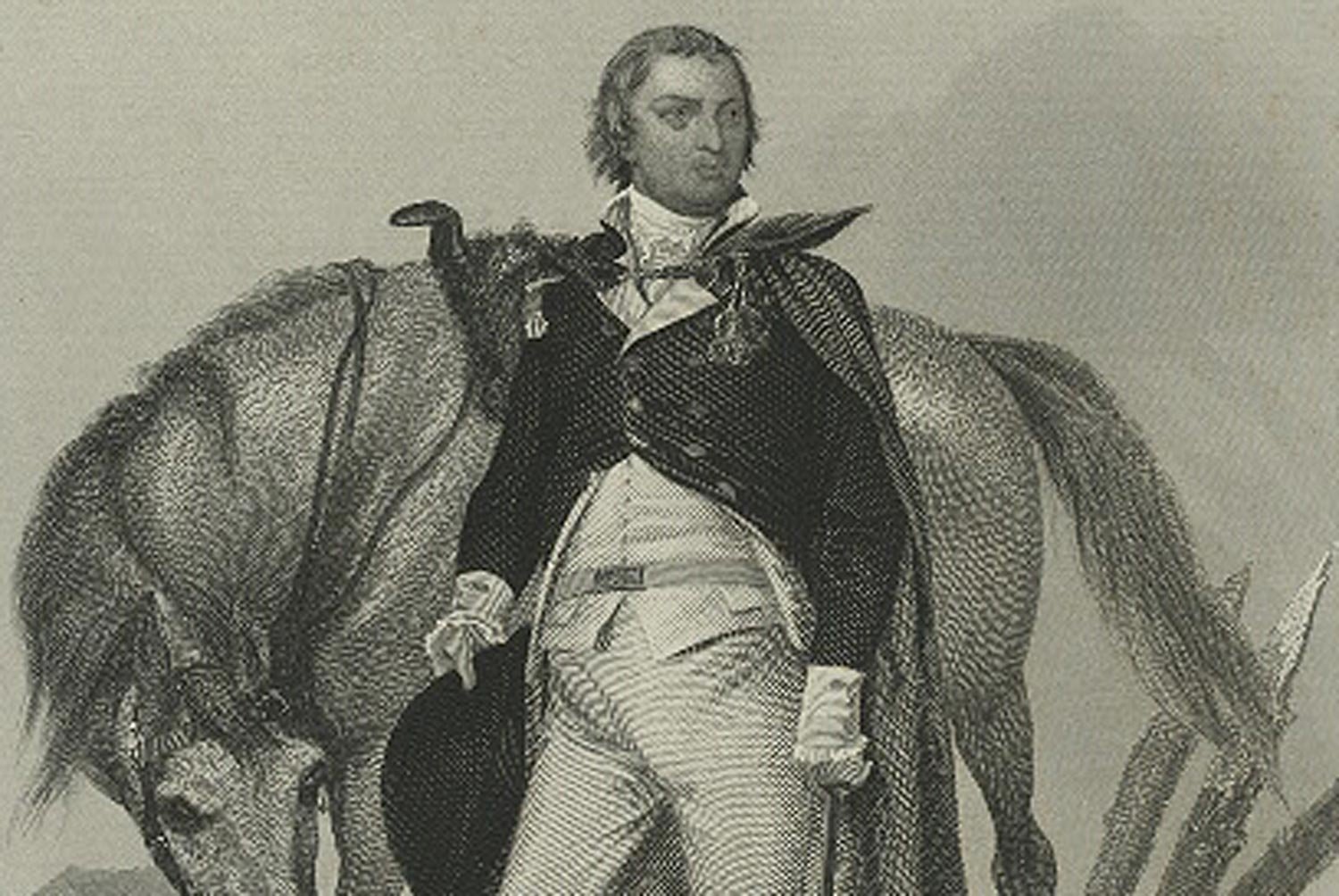
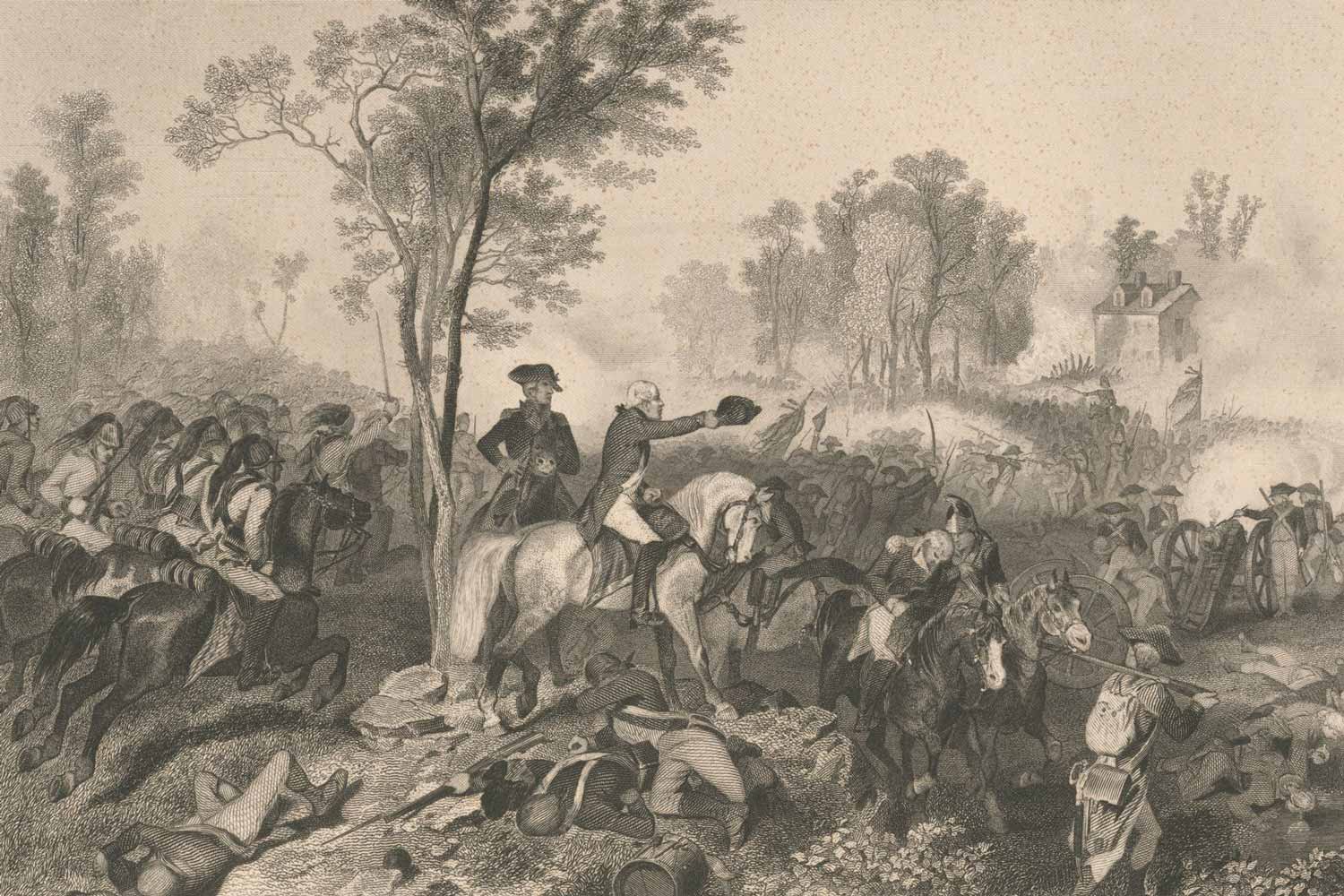
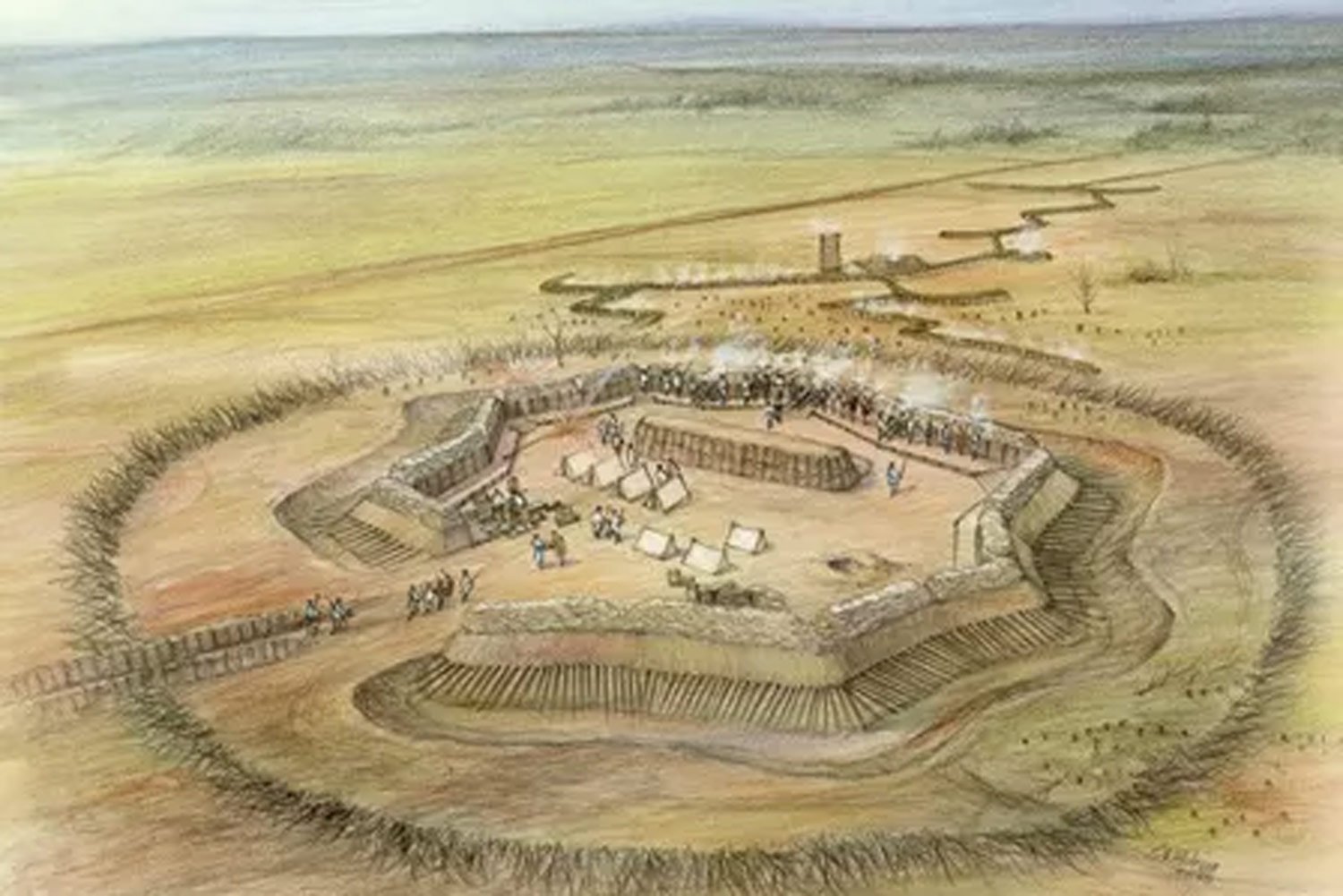
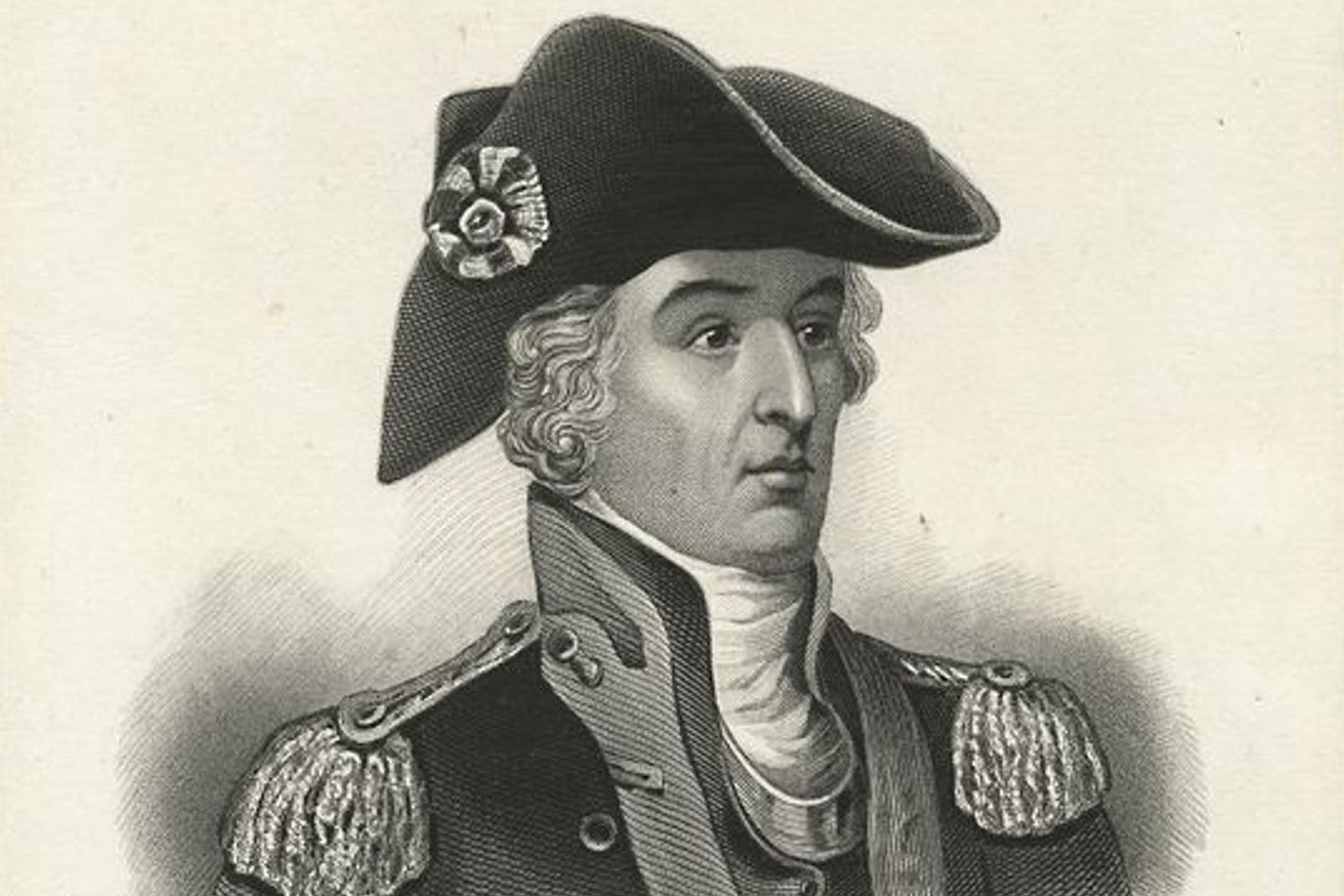
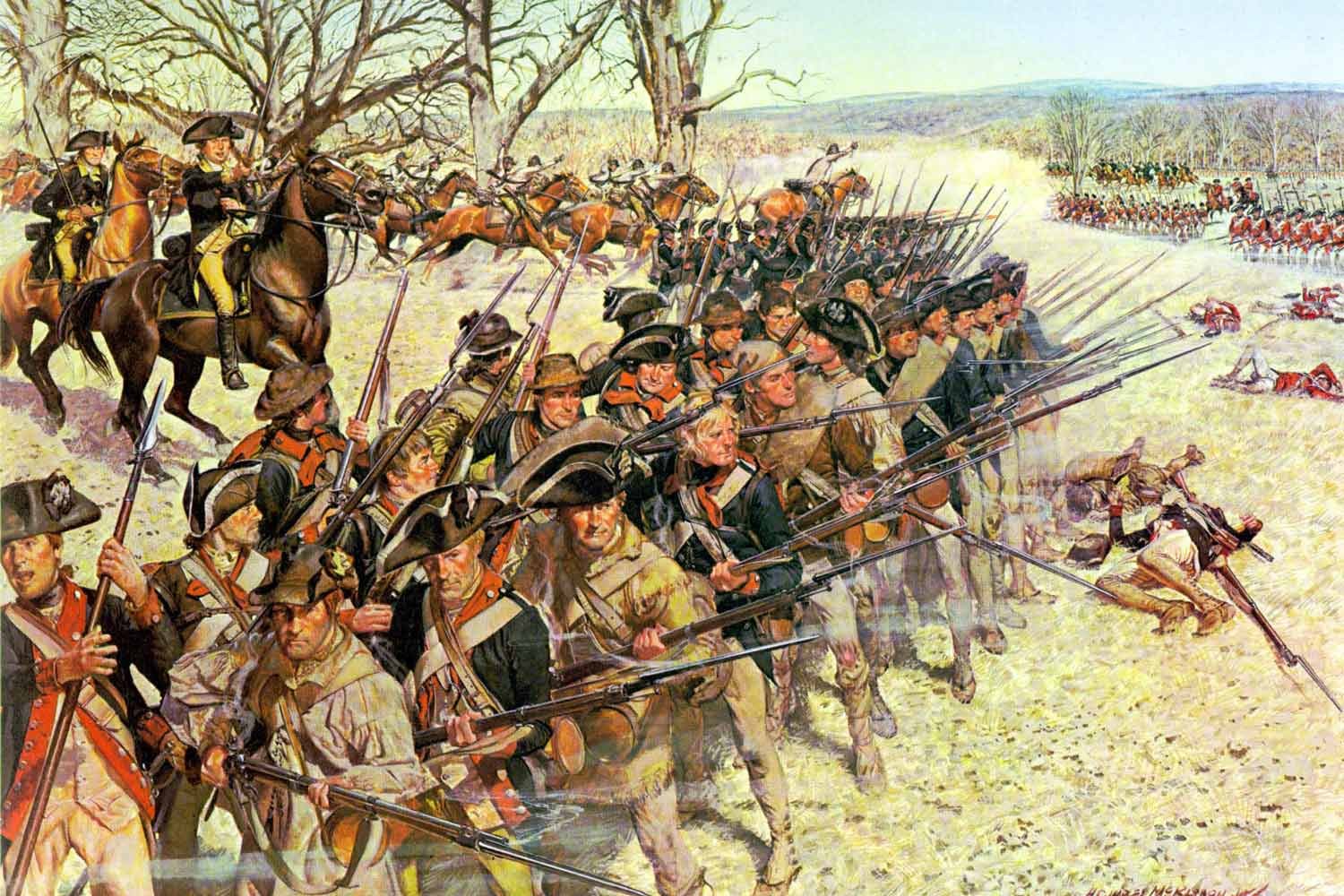
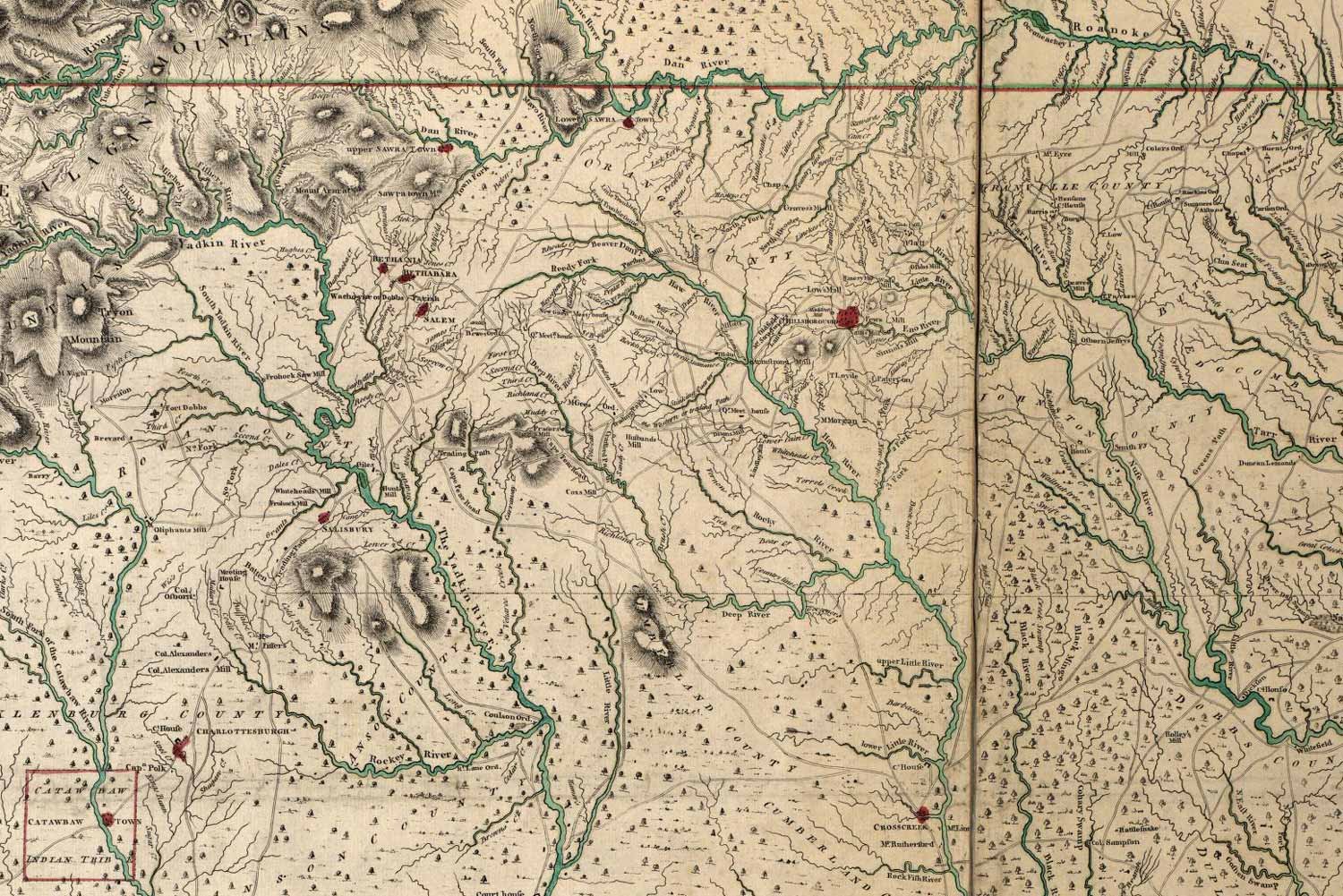
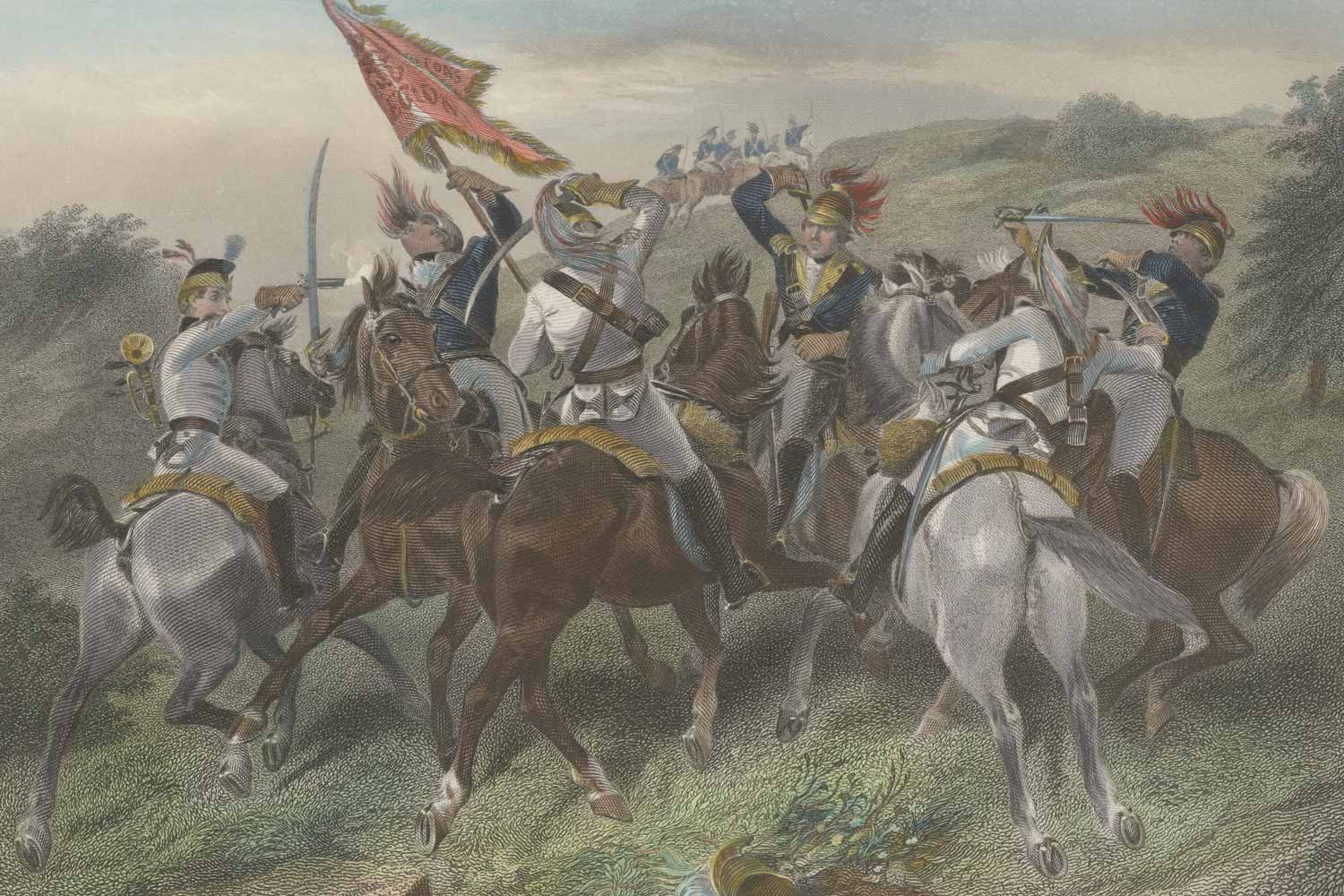

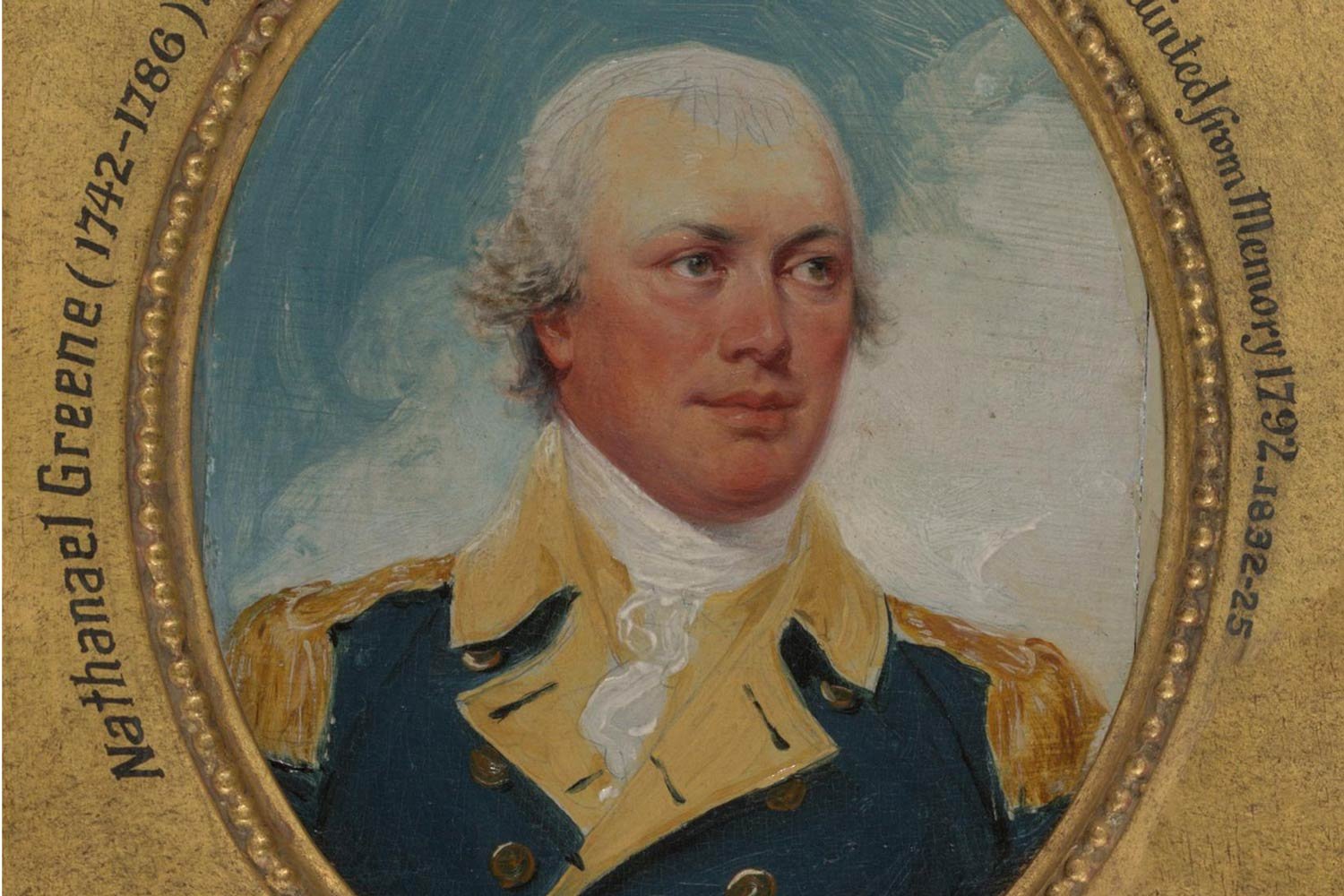
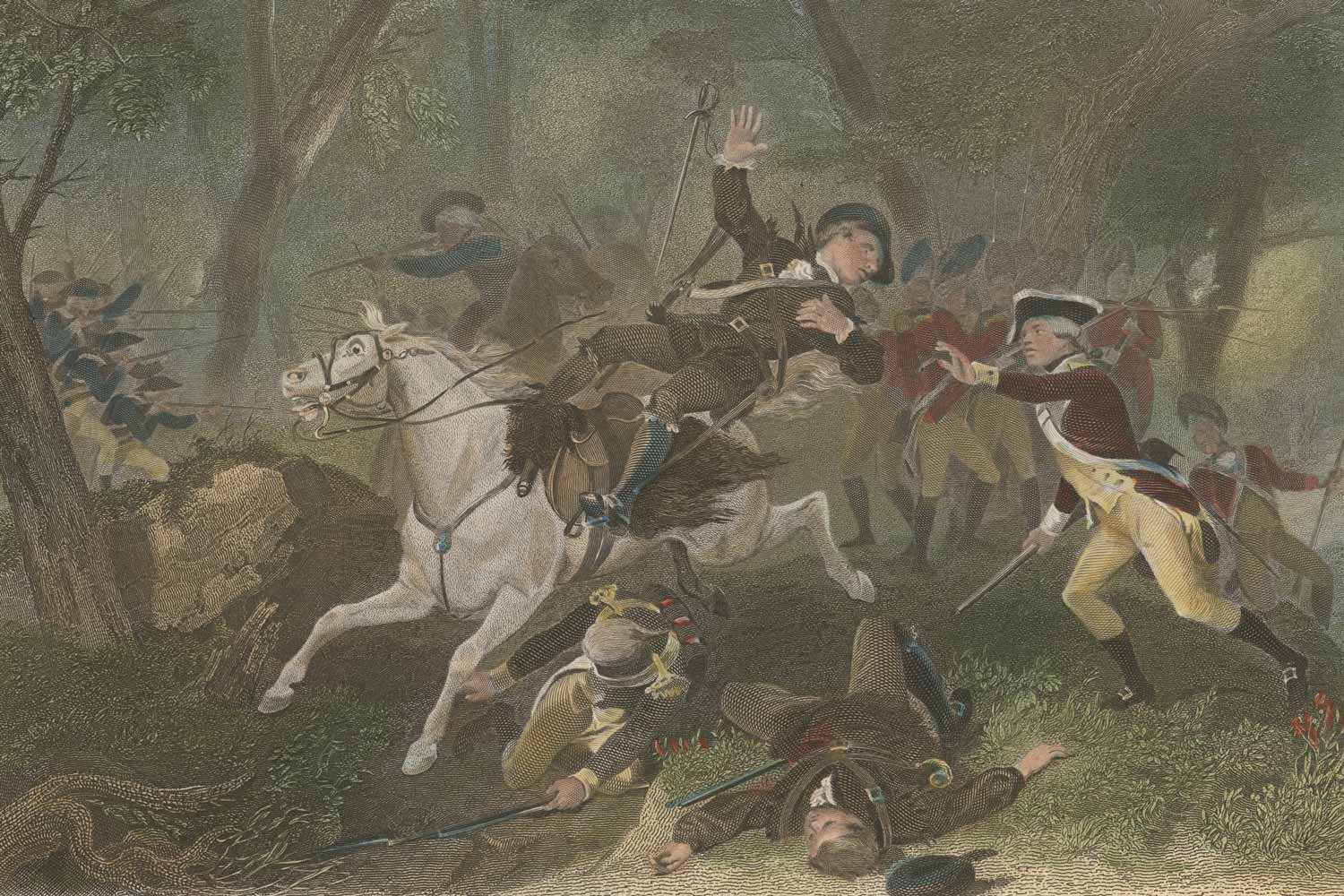
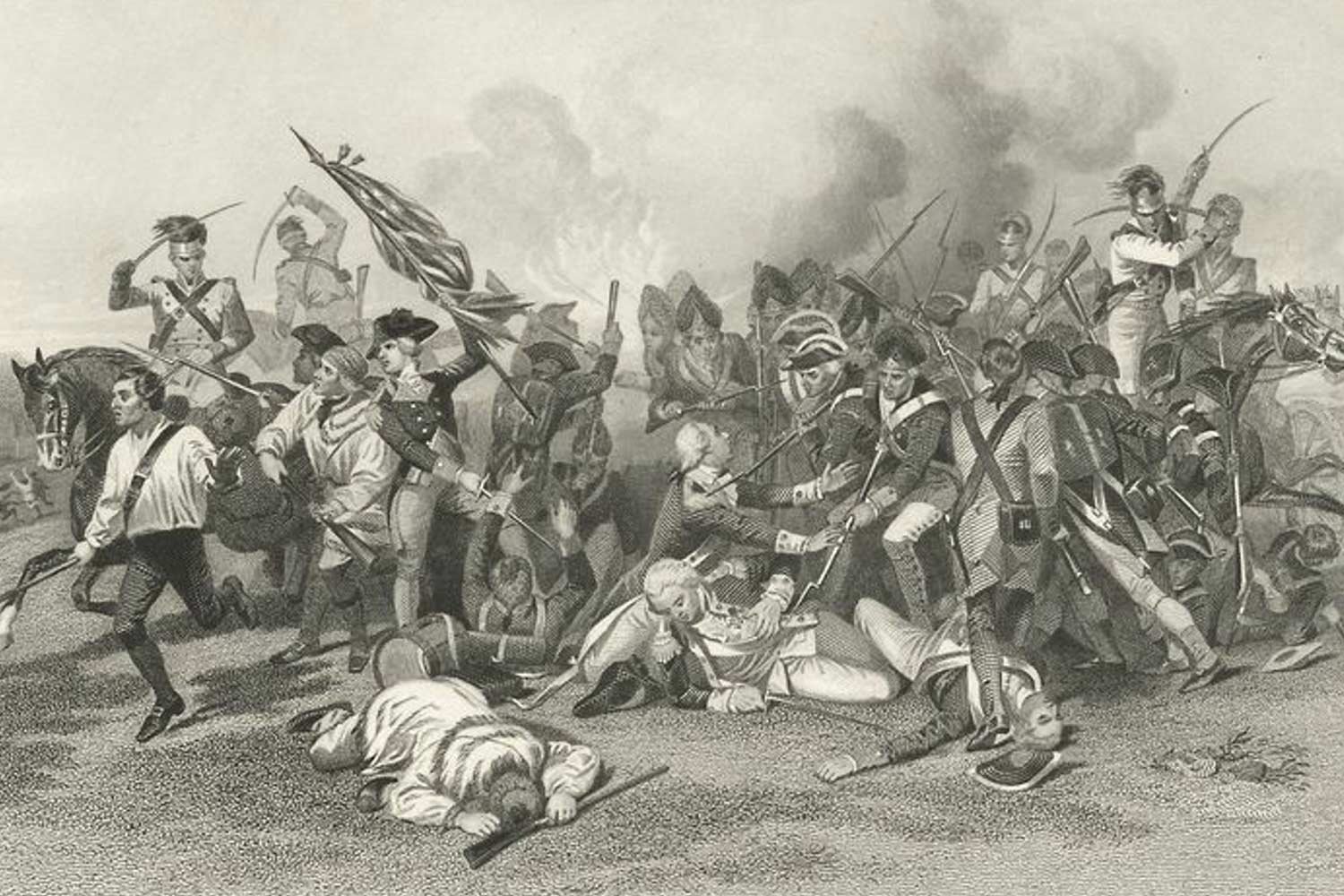
General George Washington led his Continental Army and the French Army under General Jean-Baptiste de Rochambeau into Virginia in mid-September 1781. The combined force was on its way to Yorktown and its appointment with destiny with the entrapped British command of General Lord Charles Cornwallis.